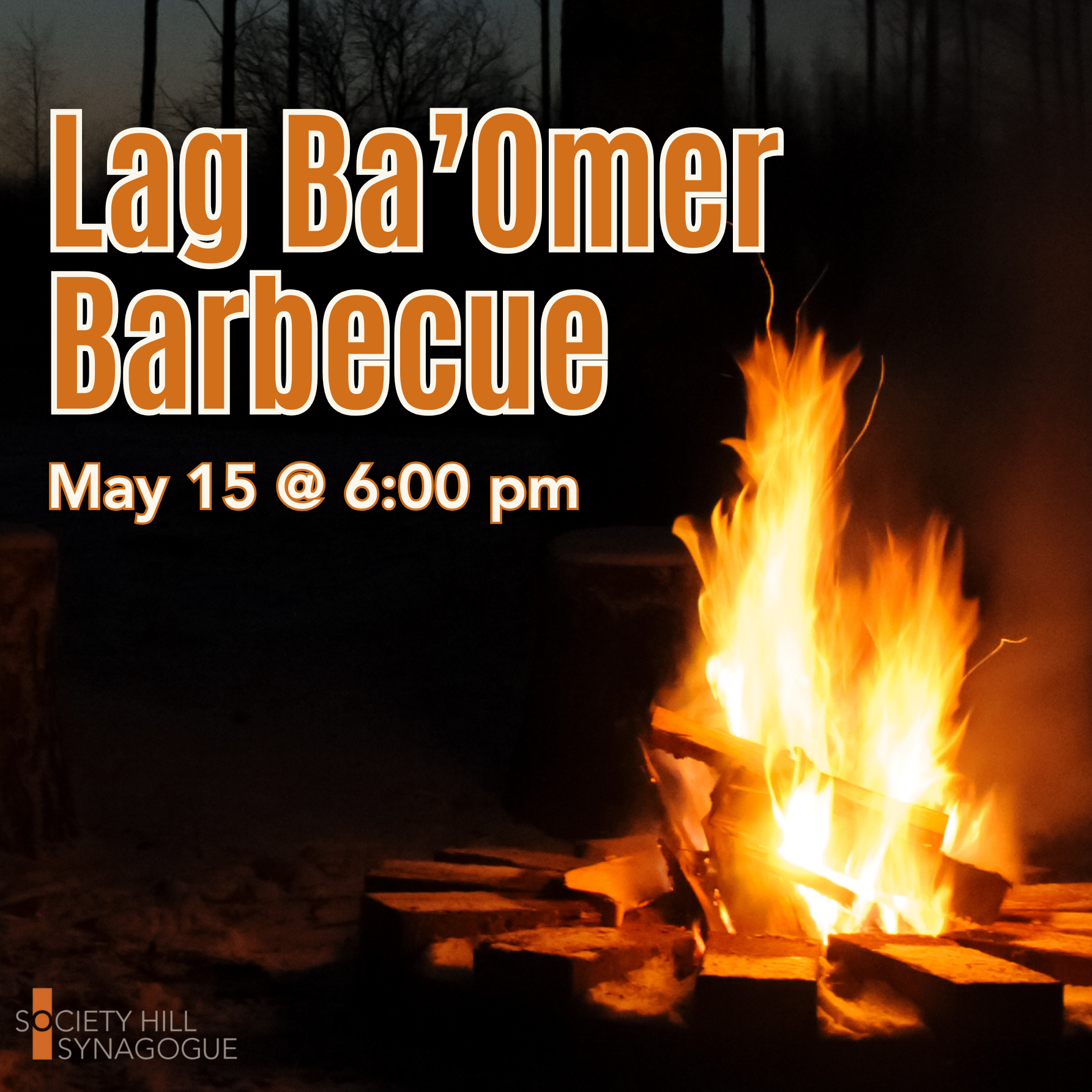 Coolanu (Hebrew for “all of us”) brings together Society Hill Synagogue congregants across and within generations for fun outings, arts and culture programs, and specially curated social gatherings at the synagogue and select locations.
Coolanu (Hebrew for “all of us”) brings together Society Hill Synagogue congregants across and within generations for fun outings, arts and culture programs, and specially curated social gatherings at the synagogue and select locations.  Goal! An Evening with Philadelphia Union Striker Tai Baribo
Goal! An Evening with Philadelphia Union Striker Tai Baribo